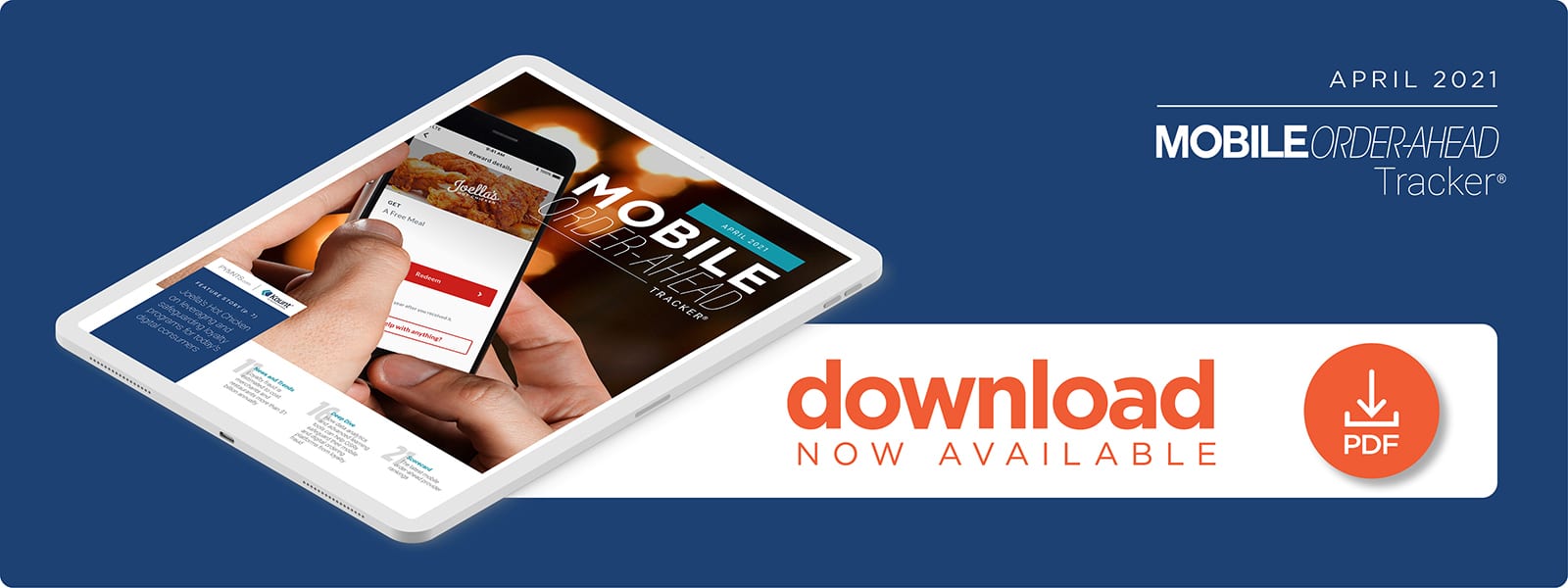Joella’s Hot Chicken Takes Bite Out Of Loyalty Fraud With Data Analytics
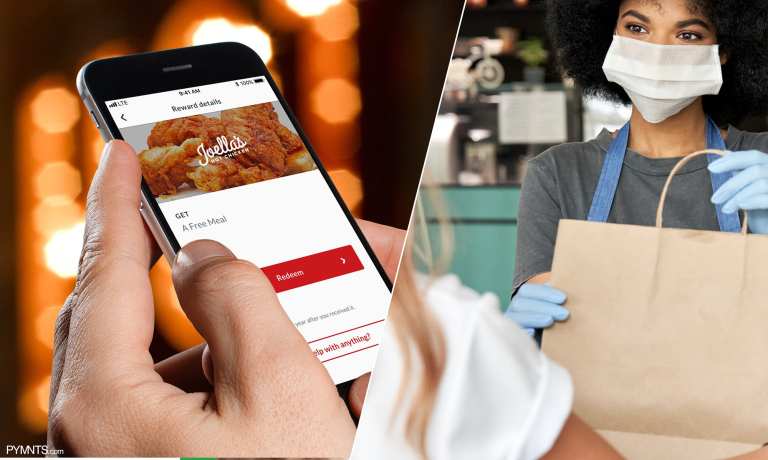
Loyalty programs remain key revenue drivers for restaurants despite the financial hardships brought on by the pandemic.
One survey found that 72 percent of United States consumers have enrolled in at least one rewards offering, with these programs becoming increasingly popular as customers look to stretch their dollars with discounts and special offers.
This surge in loyalty-focused offerings is unfortunately also resulting in an influx of unwanted guests: fraudsters. Bad actors are following consumers onto mobile and online channels to launch their loyalty-focused schemes, but restaurants are fighting back. Many quick-service restaurants (QSRs) are incorporating data analytics and artificial intelligence (AI) software designed to beat cybercriminals who have extended their reach across networks.
The April Mobile Order-Ahead Tracker® explores the security blind spots that make mobile- and digital-oriented loyalty programs vulnerable to fraud as well as how QSRs can better protect themselves and their customers.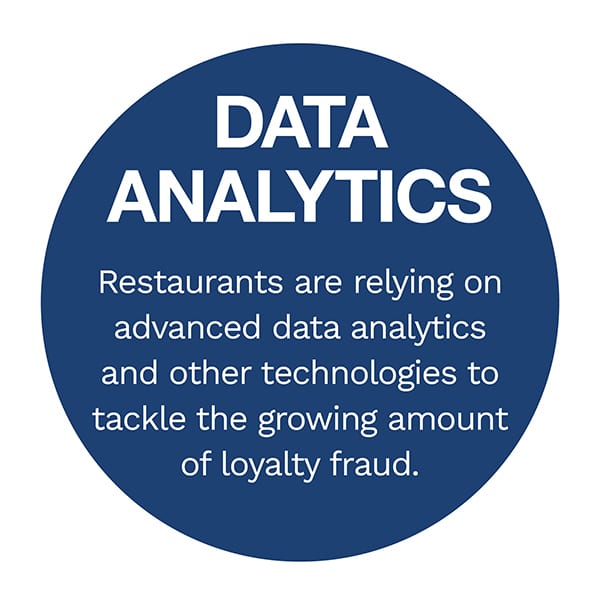
Developments From the Mobile Order-Ahead Space
Loyalty programs are multiplying at QSRs, and these offerings can bring benefits to customers and restaurants if they provide the features and perks that consumers seek. Newsweek polled more than 4,000 customers about 241 loyalty programs in 43 categories, including fast food restaurants, based on value, ease of use and trust with personal data. El Pollo Loco took the top spot in the fast food category after the Mexican food chain updated its Loco Rewards program in 2020. The company said the revamped program, which uses a points-based rewards system and provides personalized offers for app users, has experienced 40 percent annual growth in memberships.
Loyalty programs are designed to provide customers with extra value, but these initiatives can also create opportunities for fraud, and its growth often goes unchecked. Loyalty-based fraud doubled from 2017 to 2018, according to one report, which also noted that such fraud is estimated to cost providers more than $1 billion annually. Experts note that rewards program providers must rely on advanced technologies and data analytics, among other measures, to ensure they can thwart loyalty fraud.
Friendly fraud has been a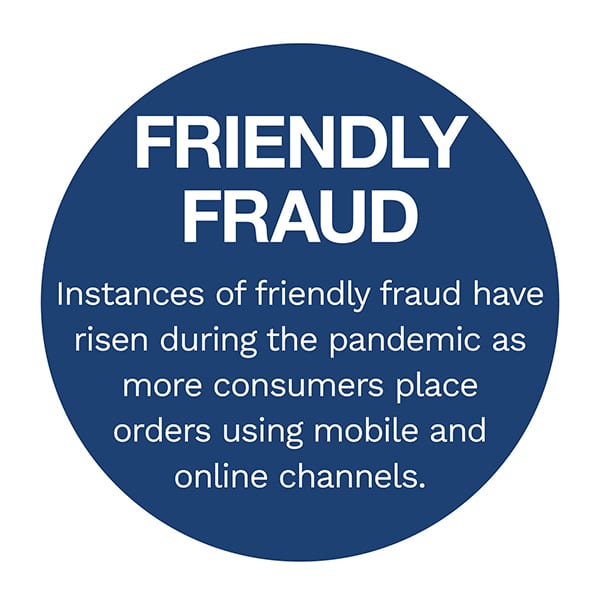 nother challenge for QSRs during a very difficult year. Such fraud occurs when consumers make online purchases and then request refunds from their banks after receiving the goods or services, a practice which often saddles merchants with absorbing the loss. Rich Stuppy, vice president and senior customer experience officer at Kount, told PYMNTS during an interview that as consumers pivot to digital and as merchants up their games by adding online ordering, delivery and curbside pickup, fraudsters — friendly and otherwise — have taken their schemes onto mobile and digital channels. He also said that data analysis holds the key to helping merchants determine whether those demanding chargebacks are legitimate customers seeking refunds or friendly fraudsters trying to game the system.
nother challenge for QSRs during a very difficult year. Such fraud occurs when consumers make online purchases and then request refunds from their banks after receiving the goods or services, a practice which often saddles merchants with absorbing the loss. Rich Stuppy, vice president and senior customer experience officer at Kount, told PYMNTS during an interview that as consumers pivot to digital and as merchants up their games by adding online ordering, delivery and curbside pickup, fraudsters — friendly and otherwise — have taken their schemes onto mobile and digital channels. He also said that data analysis holds the key to helping merchants determine whether those demanding chargebacks are legitimate customers seeking refunds or friendly fraudsters trying to game the system.
For more on these and other news items, download this month’s Tracker.
Joella’s Hot Chicken on Leveraging, Safeguarding Loyalty Programs for Digital Consumers
Rewards programs add value for loyal customers and have proved indispensable to eateries during the pandemic, and many QSRs are tailoring their offerings to provide customers with unique promotions across channels. These features have also attracted the attention of fraudsters, however, who are eager to steal points as well as the personal and financial data these programs store.
In this month’s Feature Story, Christina Happel, Joella’s Hot Chicken’s regional vice president of operations, and Katie Wollrich, the chain’s chief marketing officer, discuss the QSR’s decision to launch a rewards program, why restaurants must reach customers across various channels and how analytics and code-based rewards systems can bolster their anti-fraud measures.
Deep Dive: How Analytics Help QSRs Protect Mobile, Digital O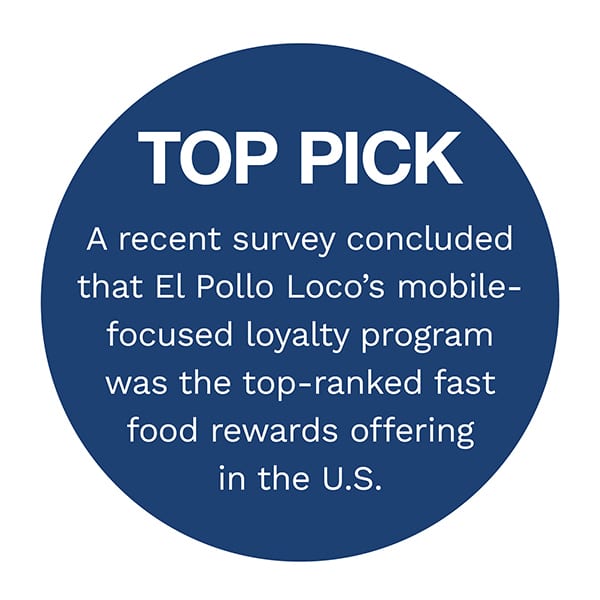 rdering Platforms From Loyalty Fraud
rdering Platforms From Loyalty Fraud
Loyalty programs have gone increasingly digital during the health crisis as more diners use their phones or go online to place delivery and takeout orders. This shift has also grabbed the attention of cybercriminals, many of whom launch digital attacks to steal these rewards and the customer data that accompanies them.
This month’s Deep Dive examines the schemes criminals use as they track restaurant customers on mobile and online channels and also examines how QSRs can use data analytics, AI and machine learning (ML) to safeguard their offerings.
About the Tracker
The monthly Mobile Order-Ahead Tracker®, a Kount collaboration, offers coverage of the most recent news and trends in the restaurant ordering ecosystem.
